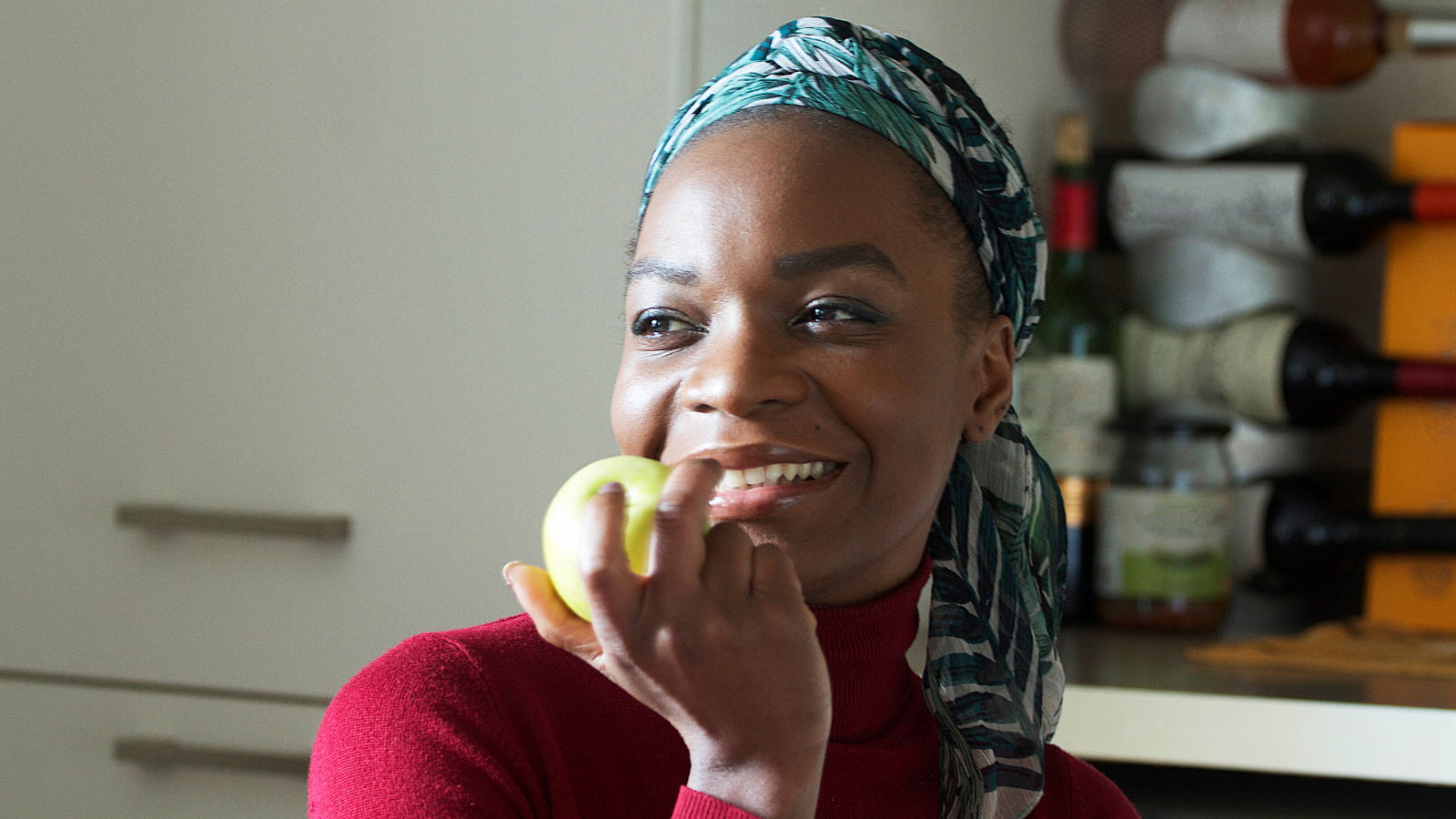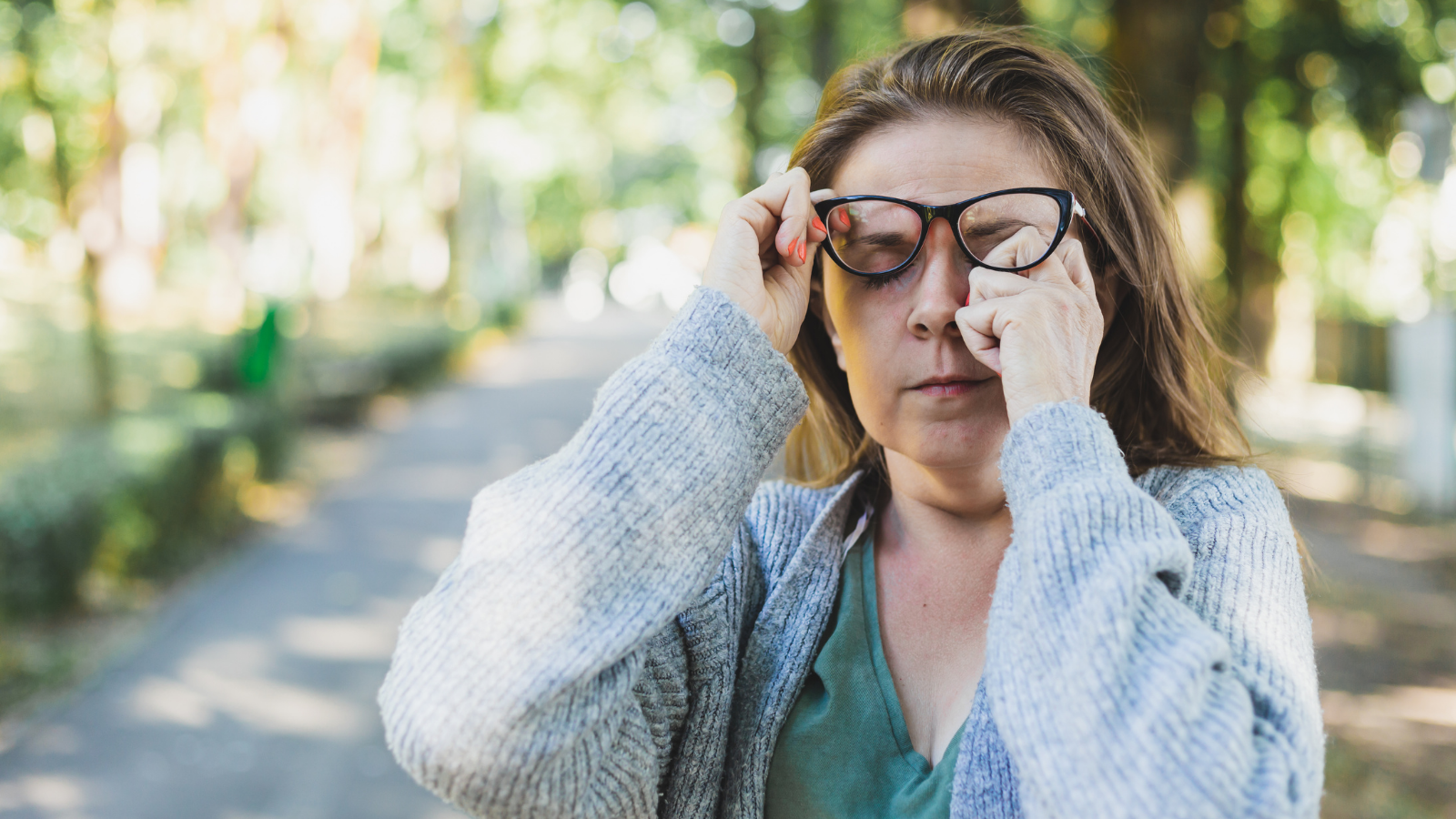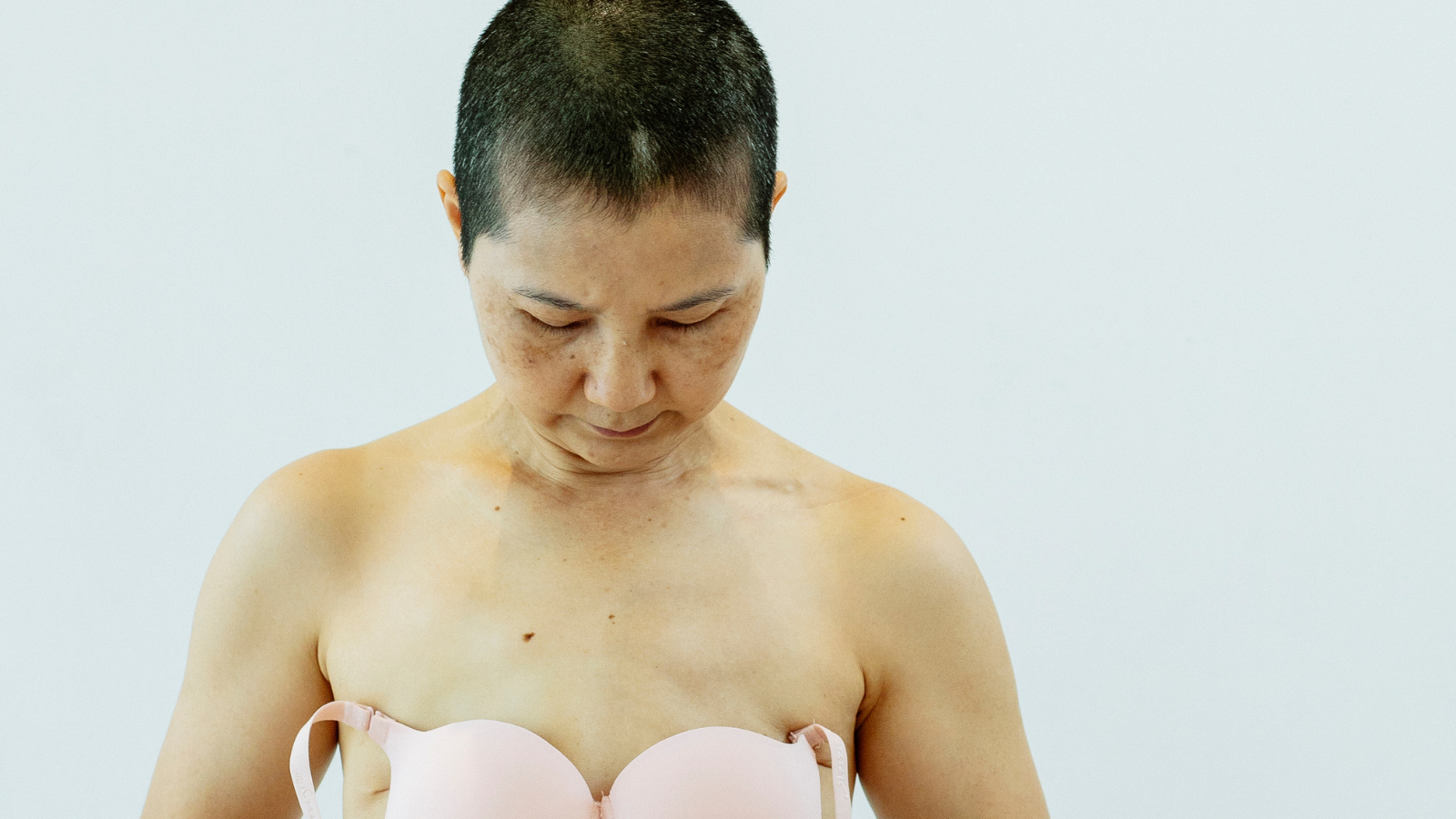
Body image and breast cancer
Body image is a complex topic that involves how you see yourself in the mirror and your mind, and how you feel inside of your body. The treatments to fight cancer have many physical and psychological side-effects that can impact a person’s body image. Body image concerns are common among individuals diagnosed with breast cancer and can impact other aspects of one’s life, as body image is closely tied with self-esteem.
Many approaches to improve body image in breast cancer focus on a “look good, feel good” mentality, which addresses the appearance-related concerns breast cancer survivors might have. These approaches can include wearing a wig to manage discomfort with hair loss, using skincare or cosmetics to address skin and hair changes, or wearing a prosthetic after a mastectomy surgery to improve chest symmetry. While this approach may work to address physical appearance concerns, it does not address the complex internal challenges an individual may be experiencing. In many cases, the individual is balancing their own self-perception with societal and cultural expectations of what they “should” look like, all while fighting a serious disease.
Research on improving body image through exercise and art
Research on improving body appreciation and acceptance in breast cancer is just beginning. My research idea came from working as a clinical exercise physiologist with the Alberta Cancer Exercise program (ACE) at Wellspring, Edmonton. I noticed how common it was for participants in the program to talk about exercising to change their appearance – whether it be weight loss or wanting their arms or abs to looked toned. I never knew how to respond to these comments, and it sparked my interest in doing research on body image in breast cancer.
There is research to show that resistance exercise training can improve body image perception in the general adult population. For women, the combination of seeing improvements in fitness (objective perceptions) and feeling better because of exercise (subjective perceptions), can improve body image. Exercise can also improve the physical side effects of breast cancer treatment and as such, I knew exercise should be a part of my research study. My hope was that the participants in my study would begin to reframe their reason for exercising away from appearance-related reasons and, instead, focus on taking care of their body. There was also a need to allow time for participants to reflect on the body changes they have experienced, their cancer journey, and their resiliency.
Art therapy can be used to slow down, reflect, and express challenges that otherwise may be too painful to verbalize. It is used to connect both mind and body to promote health and well-being. I thought that sculpting human form with clay would provide participants an opportunity to reflect on the human body, evaluate what they appreciate about their body, and determine how they wanted to portray their thoughts and feelings about their body into their sculpture. With the help of a registered psychologist at Wellspring and a talented art instructor, the art program was created for my research study.
The study included 12 breast cancer survivors that completed a 12-week resistance exercise program twice a week and participated in an eight-week group art sculpting program that included sculpting, writing, and group sharing once a week. Despite COVID-19 interrupting the study partway resulting in us to move virtually, the program was well-received by the participants. Below you will see some of the finished sculptures with some writing from the participants:
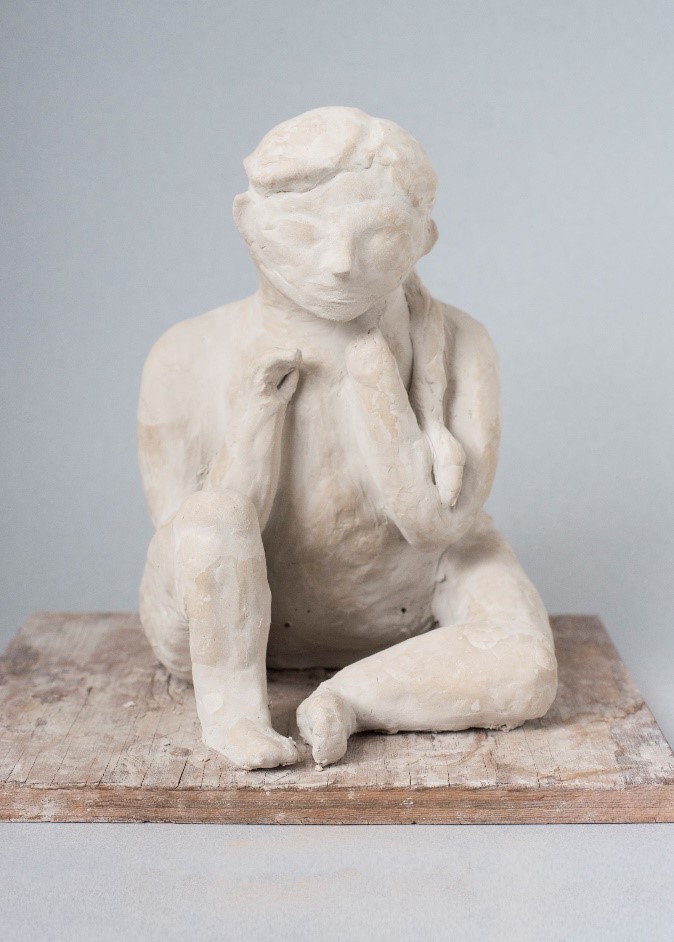
HOLDING MY HEART: “My sculpture is a robust, compact piece, which shows a vulnerability and thoughtfulness that lends it gravity. I tried forcing it into something gendered and aesthetically pleasing; however, it came out as an androgynous and peaceful representation instead… It is holding and protecting its heart with strength and compassion.” 
GRATITUDE: Creativity leads me to Calm and Peace / Peace and Calm leads me to Creativity 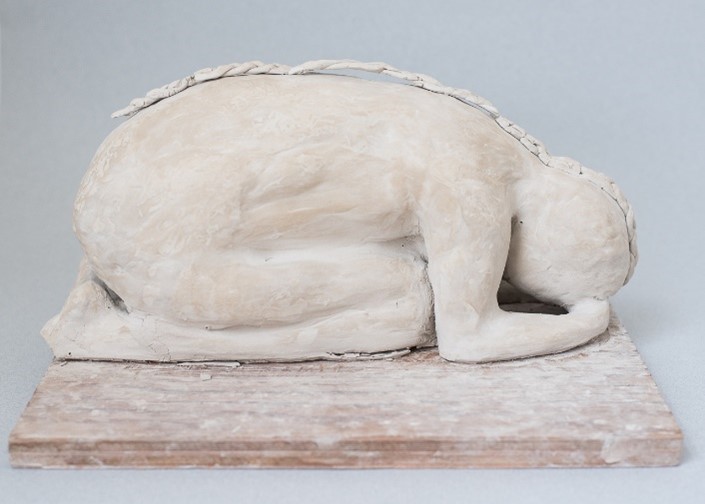
CHILD POSE: Journey thru cancer/ Leads Inward to Love Myself / Stronger and Alive
How can you better appreciate your own body?
I learned a lot from researching body image and talking to the participants. While changing your body image perspective may sound like an impossible challenge, there are ways in which you can work to better appreciate and respect your body in small ways, which might influence your overall perspective. Here are some recommendations that you can try to incorporate into your everyday:
- Try art, or writing, or a combination of the two to reflect on your cancer journey. Write down your frustrations and losses. Also write about what you are grateful for.
- Exercise with the intention of taking care of yourself. Reflect on the hard work you put in and focus on how it makes you feel.
- Focus your attention on the way your body functions. Be thankful for everything you can do in your body, reflect on your body’s strength and resiliency.
- Be mindful of your self-talk. Try to focus on the things you like about your body, rather than dwelling on aspects you do not like. Ask yourself: would I say what I just said to a friend?
- Surround yourself with people who are positive and who love you unconditionally. Keep each other accountable when you hear them say something negative about the way they look, and have your community keep you accountable as well.
- Filter what you read/engage in on social media. Find someone who is body positive that has lived through a similar experience as you to follow and avoid articles/accounts/blogs/shows that make you want to compare your body to an unrealistic standard.
More resources
I hope some of these recommendations are helpful. If you are interested in reading more on how to stay active, where to try an art class, or where to read more on improving positive body image, I have attached some resources below.
- Staying active: Alberta Cancer Exercise (ACE) and Exercise for Cancer to Enhance Living Well (EXCEL) offers virtual group exercise programming for cancer survivors.
- Virtual art programs: Wellspring offers a wide range of virtual programs.
- Building self-compassion: Explore self-compassion.

Corrie Effa MSc, BScKin, CSEP-CEP recently completed a thesis-based Masters in Rehabilitation Science at the University of Alberta. She now works as a Clinical Exercise Physiologist and research coordinator for the Cancer Rehabilitation Clinic in Edmonton. Her passion is creating inclusive exercise opportunities for individuals living with cancer.



